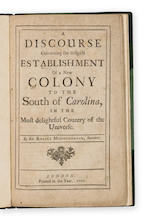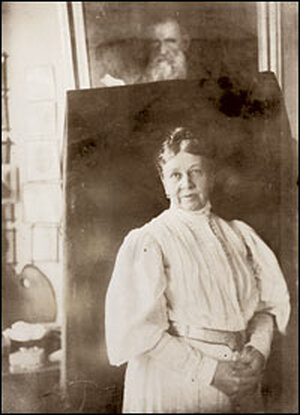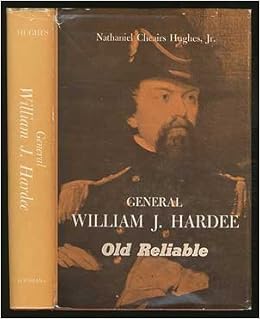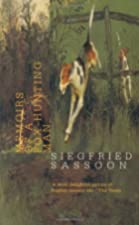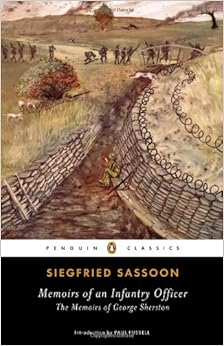I feel fairly safe in assuming that no one else on this Reading Wednesday will be
commenting on a work even vaguely resembling this one, what these days we'd call a prospectus for real estate development:
Robert Mountgomery. London, 1717.
A discourse concerning the design’d establishment of a new colony to the south of Carolina. "A plan representing the form of settling the districts, or county divisioins [sic] in the Margravate of Azilia.”
Needless to say, the entire discourse is a crazy quilt of fantasy and outright lies, written by a person who had never been to the New World, much less this territory:
Nor is it probably necessary to mention that the Margravate of Azilla never existed -- just one more of the many feudal fantasies of of those who thought they could create entire kingdoms for themselves in this territory. What is even more interesting however, is this may be the first of the very many southern fantasies that have their inspiration in imaginary Caledonian history, from Sir Walter Scott's medieval romances, to the invented discovery of the verses of
Ossian, written by a
James Macpherson
(President Buchanan's lover, the wealthy Alabama planter - slaveowner, William Rufus Devane King, 13th Vice President, read him Ossian's lines during their domestic evenings together in D.C.; his plantation was located near
Selma, AL, named for Ossian's Songs of Selma), to the fantasy origin
story of the Ku Klux Klan in the novels such
as The Clansman: An Historical Romance of the Ku Klux Klan, by Thomas F. Dixon
Instead of noble settlers peacefully overseeing laboring forces of Africans forced out of their homes to the New World, what was gotten in these territories during the 17th century and well into the 18th, were many, often Scots, traders, who worked closely with the native tribes of what now are the Carolinas, Georgia, Alabama and even into Mississippi.
Their first main product was deer skins -- for which, as far as I've been able to determine, the British army had constant use, though for what, I'm not sure. I've read things that hint one of the uses was perhaps as the inner trouser legs and seats for the cavalry, but am not about to swear to that.
Quickly, their second primary product, and far more lucrative, was Native Americans, sold into slavery, mostly to the Caribbean, particularly to Barbados -- Carolina's "mother" homeland colony (as Georgia became Carolina's colony, finally -- the buffer between variously the French or Spanish Floridas, to where the enslaved Africans hied themselves from the coastal Carolina plantations, as soon as the Carolina settlers of Charles Town found out they could grow rice along the coast and the islands -- once they brought Africans who knew how to do it, to do it. There the escaped prisoners built free villages (called marronage villages), intermarried with natives, were sustained by the Spanish in particular as buffers against South Carolinian invasion from the north, and often taken into the military, given rank, arms and training. (Quite a few already had the training, being pows sold by their African enemies into slavery.) The very idea of African armed soldiers sent Carolinians into a frenzy of outrage, terror and hate from the very first days.
Their terror and hate did not prevent them however, from continuing to do with the Native tribes exactly what the Europeans were doing in Africa: pushing constantly at divide and conquer, provoking wars, in order to easily acquire coffels to sell off at Charles Town to ships that would the prisoners to the Caribbean or Mexico -- even, occasionally to South America.
This accomplished several missions for the traders and the Charles Town factors simultaneously: made money -- good money, in fact -- and was part of the process of the long term goal which was depopulate these extensive regions entirely of Natives all together.
Thus this long history of South Carolina's Indian Wars, which until recently, with the post modern re-examination of our nation's history with the First Peoples has been fairly ignored outside of South Carolina. One can speculate this is so because Calhoun and his South Carolina's political heirs' fundamental role in secession and making the Civil War has overshadowed her history with the Indian trade as national historical interest.
In fact, there were only two reasons South Carolina ever ratified the Constitution. First, because it felt it needed help with wiping out the Indians -- it needed the U.S. Army, as her militia's job was to keep the African labor on the plantation and guard against uprising. The second was getting the 3/5ths clause inserted into the Constitution, which allowed them to vote their wealth, which was valued in slaves -- and because there were no words about slavery in the Constution itself.
Once Andrew Jackson had crushed the tribes for once and for all, South Carolina no longer had any use for the federal government and began agitation for, what, in South Carolina's history, would be thought of as her second secession, or second Independence.
The first secession or independence was dumping the Lords Proprietors's authority decisively back in in 1719. (Let us not forget these Lords were useless, impractical and supremely ignorant of the lands that they supposedly governed. Thomas Miller, overthrown by the coastal elite was the last appointee the Lords ever made.)
There were many, and even contradicting, reasons for ridding themselves the Proprietors, of course, However, the Carolinian elite, from the beginning, with so many Scots and Irish among the traders and factors of Charles Town (it didn't become Charleston until after Independence) never had any use for government for anything -- except for war, and only a war that was conducted on the behalf of their own interests.
Naturally the Native tribes changed sides constantly among three colonial powers vying for control of North America, control of the Indian trade, and control of Indian lands. England's protection of the Indian lands for sake of the furs put the the North American colonists' demand for the Indian lands at loggerheads with England, even before the French and Indian Wars of the 1754 - 63. In the meantime, from as far as our digging has been able to determine, the tribes were always ready to betray each other, and sell each other off to the traders, for the sake of guns and powder and European consumer goods. At times, when they went to war on the colonists, they were as vicious in the torture of the white prisoners as they were to each other.
Thus, the terror of Indians that haunted the Carolinians until after the days of Jackson, just as Haiti and armed Negroes did, and still do, for that matter.
 |
| Simms's home near Barnwell, SC -- Barnwell is a name all over the early history of South Carolina, as well, of course in the history of SC and Secession. |
 |
| An illustration to Simms's The Yemassee. |
See:
The Yemassee. A Romance of Carolina (1835) by William Gilmore Simms. This is an historical novel of the Yemassee War of 1715-17, when the Yemassee, supposedly allied with the Spanish and other Native tribes -- and supposedly, African marroons, attacked South Carolina's colonial settlements. It could only be written partly during the tragedy of Indian removal was in progress that today is known as the Trail of Tears.
The reading of this
astonishing document from the colonial past,
A discourse concerning the design’d establishment of a new colony to the south of Carolina, is because it's part of the documentation for the South Carolina history in
The American Slave Coast. For some reason the colonial history of South Carolina prior to the rise of the great rice plantations on the coast and lowlands has been little noticed in the narrative of our nation's colonial development -- unlike Virginia's and Massachusetts's. Of course South Carolina's own state historians know all this and have been documenting it carefully, even in those days, but an historian is going to have do a long, laborious manual search among the myriad of South Carolina's historical magazines and journals to find the sources for it.
*
However, the story of these traders, who were the real reason Charles Town managed to exist for so long, is very long and fascinating all in their own right. It does give me shivers to know these men were covering all this region even before New Orleans was founded. They were very, very, very tough -- imagine, all this vast region was mostly covered in forest, through which they traveled thousands of miles, by foot mostly, by pirogue or horse when possible -- and as greedy and immoral as frackers are in our day.
-------------------------
* The longer I'm at this history game the more impressed I am by the local historians of anywhere and any era, who are by-and-large, unknown, unsung. They have performed the most valuable, fundamental work for any sort of history.
Of course, until perhaps well into the 20th century, these men -- and yes indeed they were almost ALL men -- were people of leisure, due to either or both class and fortune -- as well as gender. They possessed the education for this work. They could afford materially to do this work. They could afford to travel to see documents and to buy them. They could even afford to pay someone to perform some of the most tedious parts, such collating gathered information, do endless copying of drafts, and even pay to have the finished product published. No one else were so privileged, not even the mothers, daughters and wives of their own class and means -- women had other work to do, and generally did not have the education.

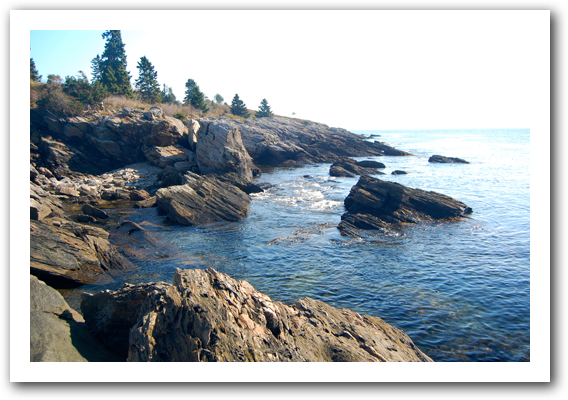




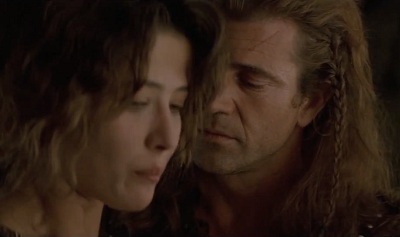



_attributed_to_-_Painting_of_a_guitarist.jpg)












